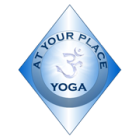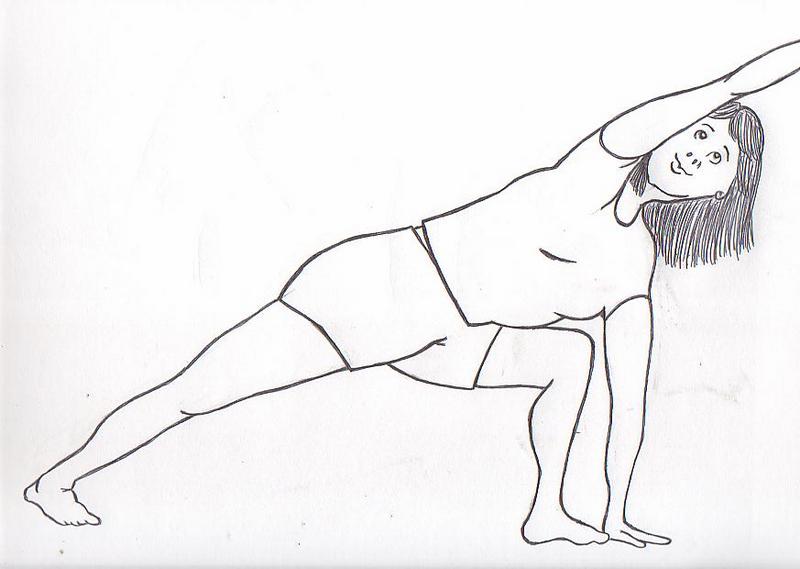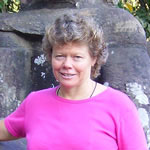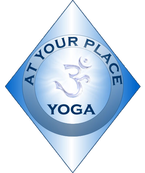Mr. B did not budge. Did not blink. He stared with utter non-concern at Queenie’s raging approach. A foot or two from Mr. B, Queenie, completely taken aback by the cat’s unflinching ease, skidded to a stop and ran back to her own yard. Mr. B put his head back on his paws. That was that.
This is equanimity.”
Stephen Cope, Yoga and the Quest for the True Self.
When you are on your yoga mat, there may be many “ferocious dogs” charging at you. The ferocious dog of pain can appear at any moment, especially if concentration on breathing and relaxing lapses and attention is focused on achieving an ideal pose. When pain arises, practice equanimity. Stop, breathe, watch the sensation, assess it, measure it, look at how best to deal with it. What you may find is that the pain subsides on its own. If it doesn’t, then shift position, and change what you are doing, in a careful, mindful way.
Being mindful means noticing emotions that arise from the pain – maybe fear, agitation, anger, or worry. Again, watch the emotion, you may find it dissipates on its own. Be aware. Be calm. Look straight at the pain, and the emotions, watch them rage at you and then disappear.







 RSS Feed
RSS Feed
